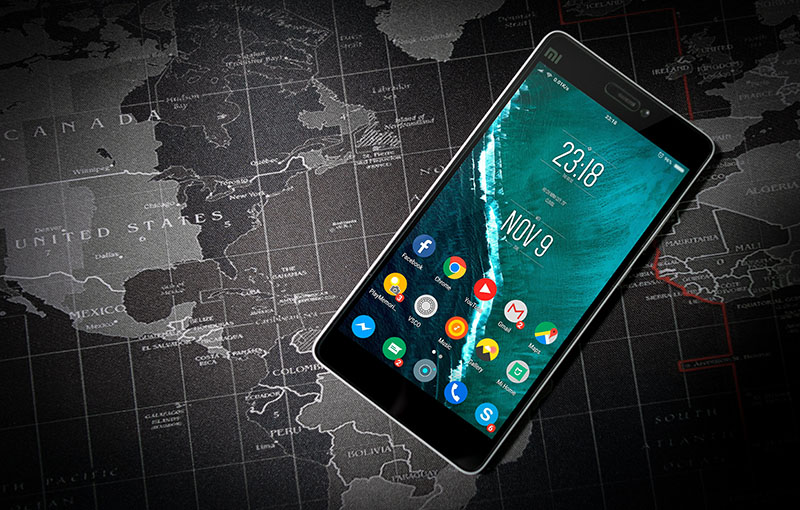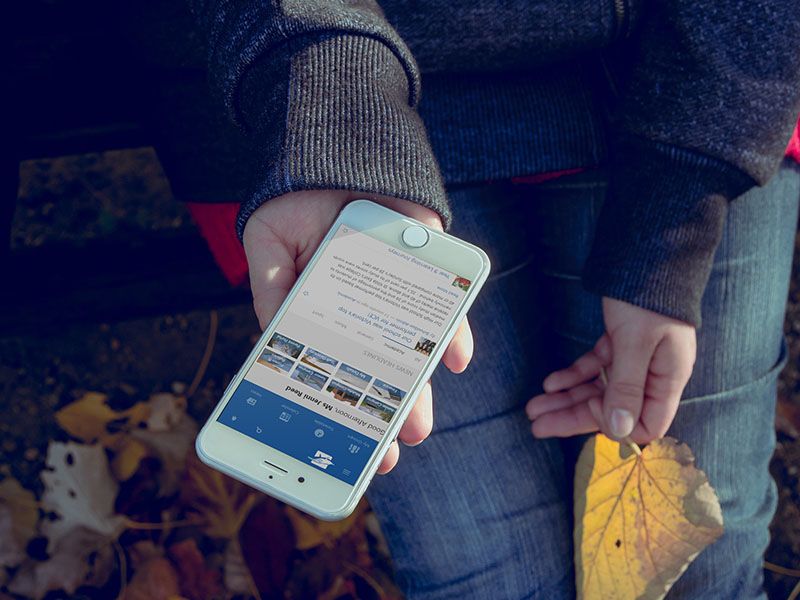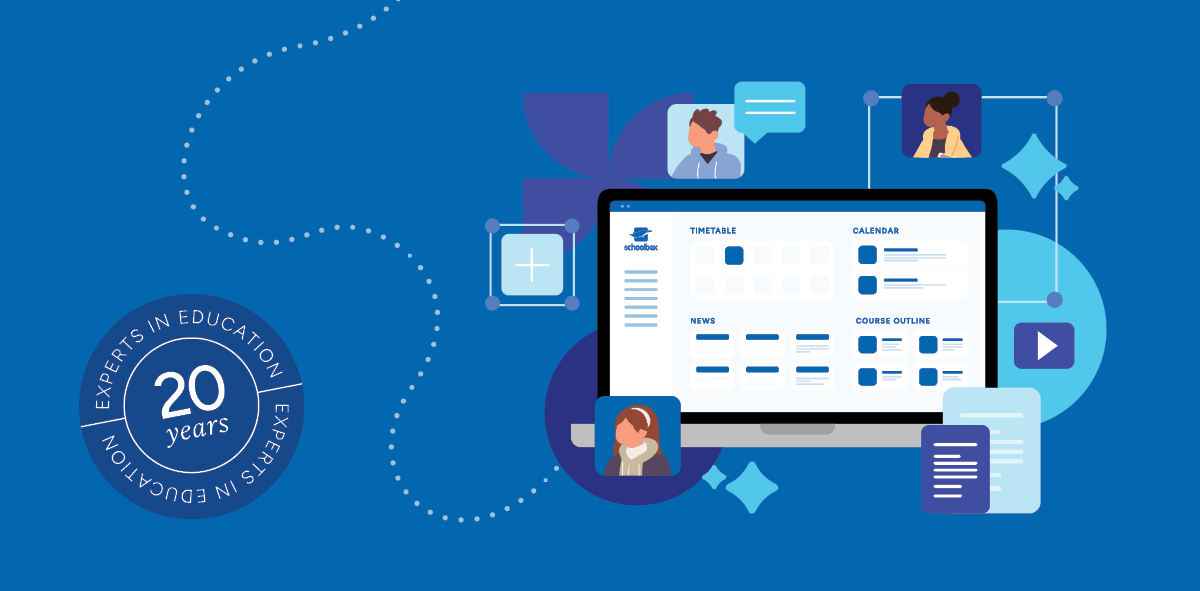We continue to rely on technology more than ever, and with the rise of the smartphone, the traditional textbook and chalkboard approach to education is no longer sufficient for this new generation of learners.
Education technology has paved the way for a more liberated approach to learning, where not only are teachers and students connected at all times, but parents too.

The smartphone offers new learning opportunities and provides approaches to foster the development of skills that are critical for learners delving further into the 21st century.
However, there are many concerns about the distractions and challenges posed by smartphone usage in and outside the classroom, and the learning opportunities they provide are often forgotten.
Student Engagement and Distractions with Mobile Technology
The benefits of mobile learning do pose some concerns. One particular concern that has been a topic of discussion is the distractions that may be caused by students accessing non-educational material on their phones and therefore reducing student engagement. However, this distraction is not unique to mobile learning.
Before the time of smartphones and mobiles entering the classroom, the possibility of distraction was always present. If it’s not texting or playing a game on the mobile, it’s passing notes or making paper aeroplanes.
At the end of the day, distractions are attributed to lack of student engagement.
But, if you can get your students engaged with a task, whether it be on the laptop or through a mobile app—you won’t need to worry about distractions.
So, what are the benefits of mobile learning? Glad you asked!
Benefits of Mobile Learning
Smartphones have become an ingrained aspect in the lives of students. When talking about benefits, it’s important to appreciate that smartphones enable students to learn through a medium that they find most comfortable. With this in mind, let’s take a look at those benefits the smartphone provides to extend learning opportunities for students.
1. Anytime, Anywhere
First and foremost, the smartphone is carried on the person so it is accessible anywhere and at anytime. This makes accessing learning content easy, regardless of the location or the time of day. So, students can have access to the tools that expand their learning without interruption. Learning is available, literally at their fingertips.
2. Collaboration
The scope of the mobile phone to synchronise communication makes it an exceptional social tool and can enhance collaboration between students, teachers, parents, and the wider school community. With the smartphone, social interaction is enhanced and keeps the school community connected at all times.
3. Ownership of Learning
Mobile learning allows multiple mediums for engagement that can be tailored to suit individual preferences. This aspect of mobile learning provides students the opportunity to take control of their education and develop a sense of ownership. Having options gives students the choice to learn through mediums they are most comfortable with and thereby enhance the learning journey altogether.
4. Accessible, Portable Learning Aid
Readily available and easy to access, we are living in a world where the smartphone is prevalent in every household. Whether or not there is a laptop, tablet, or a desktop, you can be 99.9% sure that there will be a smartphone. Being a common presence throughout households of all demographics, the smartphone provides a portable platform that makes for a powerful learning aid.
5. A Platform for Practical Tools
Last but not least, the mobile phone can compute and display content that is personal and tailored to the individual with ease. So, applications that contain geo-location, social networking, search functions, newsreaders, and simulations can be effortlessly customised to provide practical learning tools on the smartphone.

Students are more willing to participate in learning when educational content is delivered in an interactive and dynamic way—through quizzes, polls, surveys, and videos. And the smartphone greatly assists and supports this type of delivery.
Mobile learning offers great opportunities to enhance the education of young learners by blending with traditional methods. This blended-learning approach can be extremely effective when the role of the smartphone in the learning journey is properly understood.
Learning with the smartphone has been found to be highly effective for vocabulary practice, brainstorming, self-reflection, feedback on performance and more recently, augmented reality.
The key is integration.
When regulated and integrated correctly into the education process, smartphones and mobile learning apps have the potential to enhance the learning experience in more ways than one.
Want to learn more about innovative ways to improve student engagement?
Take a look at our other resources:





